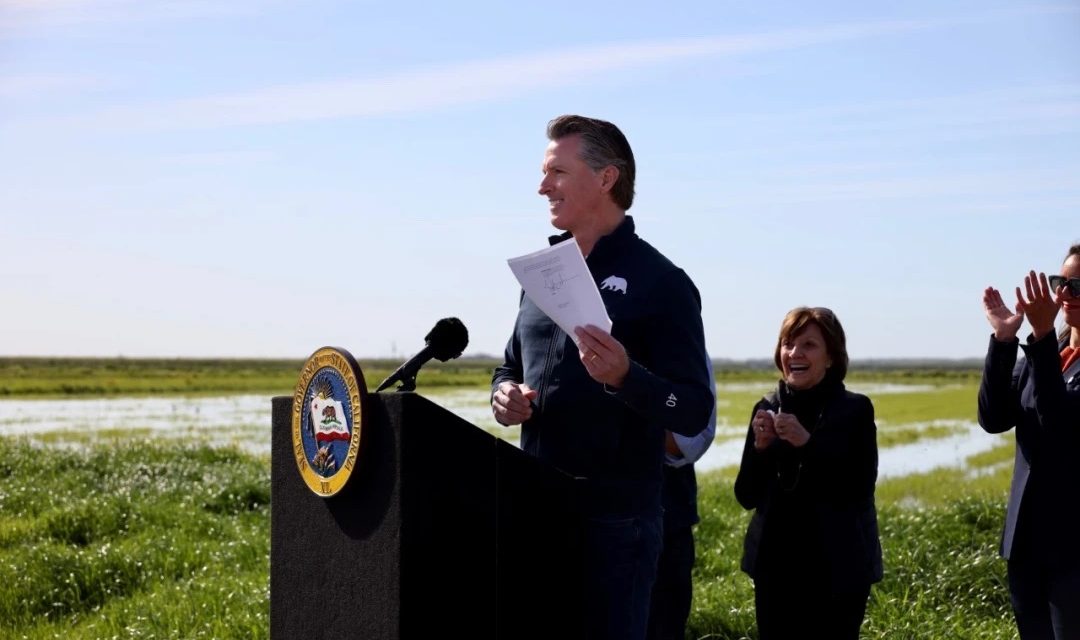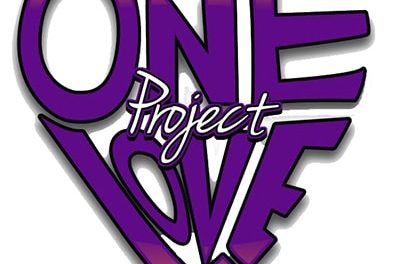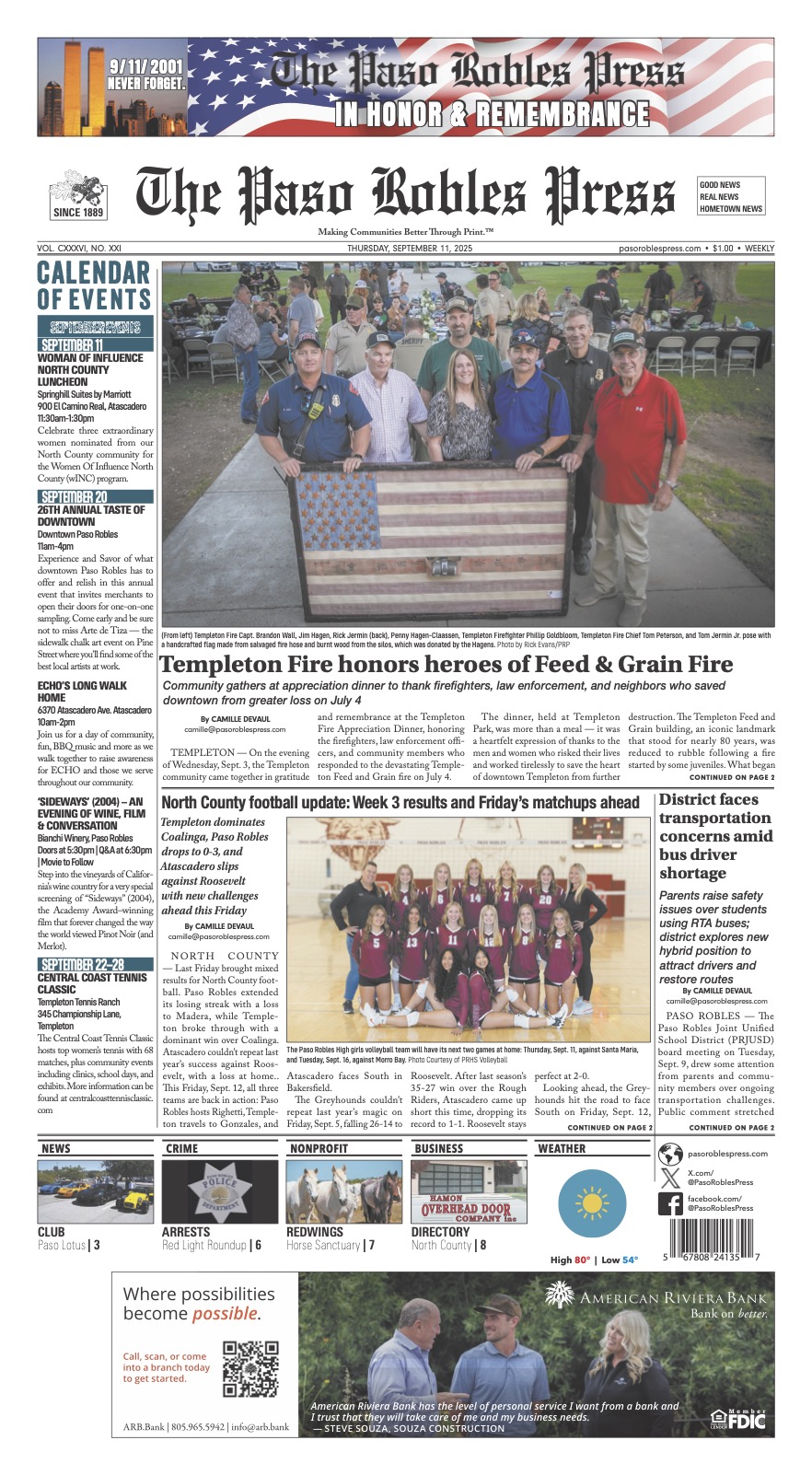State now expecting to deliver 75 percent of requested water supplies
CALIFORNIA — On Friday, March 24, Gov. Gavin Newsom met farmers in Yolo County to announce his move to ease drought restrictions.
Newsom rolled back some drought emergency provisions that are no longer needed due to current water conditions, while maintaining other measures that support regions and communities still facing water supply challenges, and that continue building up long-term water resilience. Amid climate-driven weather whiplash, the state has taken action to boost water supplies through groundwater recharge, stormwater capture, reservoir storage, and more.
The action comes as the state announced increased water deliveries to 29 public water agencies that serve 27 million Californians, now expecting to deliver 75 percent of requested water supplies — up from 35 percent announced in February, and the highest since 2017.
While recent storms have helped ease drought impacts, regions and communities across the state continue to experience water supply shortages, especially communities that rely on groundwater supplies that have been severely depleted in recent years. Today’s order is responsive to current conditions while preserving smart water measures:
- Ends the voluntary 15 percent water conservation target, while continuing to encourage that Californians make conservation a way of life;
- Ends the requirement that local water agencies implement level 2 of their drought contingency plans;
- Maintains the ban on wasteful water uses, such as watering ornamental grass on commercial properties;
- Preserves all current emergency orders focused on groundwater supply, where the effects of the multi-year drought continue to be devastating;
- Maintains orders focused on specific watersheds that have not benefited as much from recent rains, including the Klamath River and Colorado River basins, which both remain in drought;
- Retains a state of emergency for all 58 counties to allow for drought response and recovery efforts to continue.
When announcing the restriction change, Newsom said, “We’re all in this together, and this state has taken extraordinary actions to get us to this point. The weather whiplash we’ve experienced in the past few months makes it crystal clear that Californians and our water system have to adapt to increasingly extreme swings between drought and flood. As we welcome this relief from the drought, we must remain focused on continuing our all-of-the-above approach to future-proofing California’s water supply.”
According to the state’s fact sheet, since Newsom announced the 15 percent voluntary conservation goal, Californians conserved 600,000 acre-feet of water — representing 1.2 million households’ yearly usage.
Last Friday, Newsom visited the Dunnigan Groundwater Recharge Project in Yolo County, where he highlighted the state’s work to accelerate and increase groundwater recharge to make the most of winter storms. California is working to expand groundwater recharge by at least 500,000 acre-feet in potential capacity as part of its water supply strategy.
Leveraging the state’s long-term water supply strategy and more than $8.6 billion committed by Newsom and the Legislature in the last two budget cycles to build water resilience, California is taking aggressive action to prepare for hotter and drier conditions driven by climate change that could reduce the state’s water supply by up to 10 percent by 2040. In the 2023-24 state budget, Newsom is proposing an additional $202 million for flood protection and $125 million for drought-related actions.















